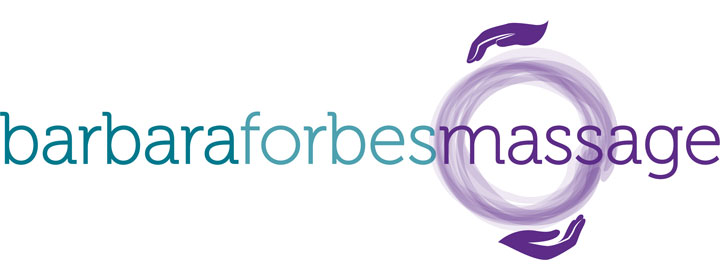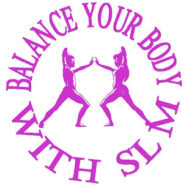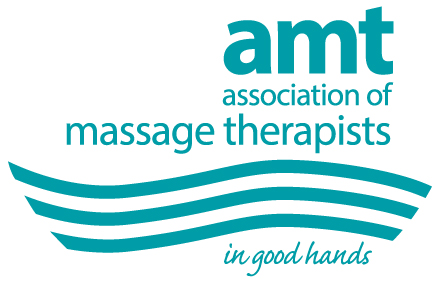Massage and its effect on our Physiology

It is commonly suggested through anecdotal evidence from bodywork therapists and client reports that a therapeutic massage affects and benefits the circulatory systems in the body. This can be seen in visibly pink/flushed skin tone after a massage which shows an increased blood flow to those areas. There may also be a reduction in any local swelling as well as ease of movement.
Increased blood flow
Massage supports the blood circulatory system. Massage therapy can help improve blood flow to the tissues, muscles and vital organs. Increased blood flow is a key element of good health, as blood carries oxygen and important nutrients, like glucose and electrolytes, to muscle tissue then picks up and removes muscle metabolic by-products and waste.
A strong and consistent flow of oxygen-rich blood to brain tissue is essential to help preserve cognitive function and protect against strokes. Plus, a sustained blood flow can help to keep muscles from cramping while also preserving organ function and maintaining healthy skin.
Improved blood pressure
Long-term studies have shown many types of massage therapy, including Swedish massage and trigger point, increases relaxation and lowers blood pressure. This is because massage not only reduces anxiety and induces calm feelings; it also relieves muscle tightness and improves blood flow.
Improved function of lymphatic system
Massage increases tissue fluid and assists lymphatic circulation thus reducing swelling while enhancing your immune system. It also creates a response within the body that affects the lymphatic system and immune system. Massage increases the count and function of white blood cells, thereby strengthening the immune system.
Furthermore, the circulatory system impacts all the other systems of the body too so when we increase the effectiveness of the circulatory system it directly or indirectly impacts our entire body.

Book a Treatment now [Barbara Forbes Massage – Ph: 0415 422 600]



